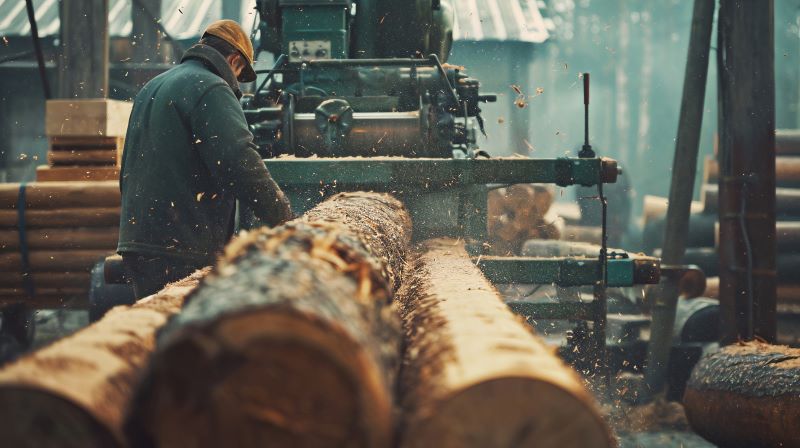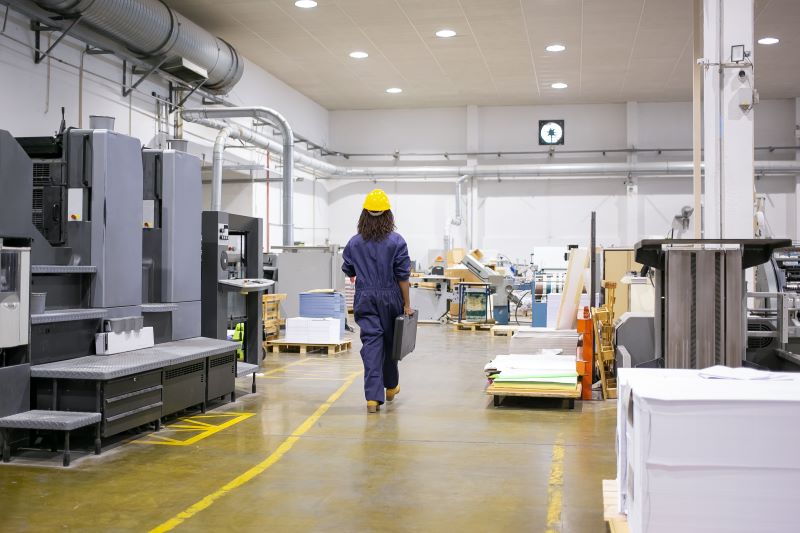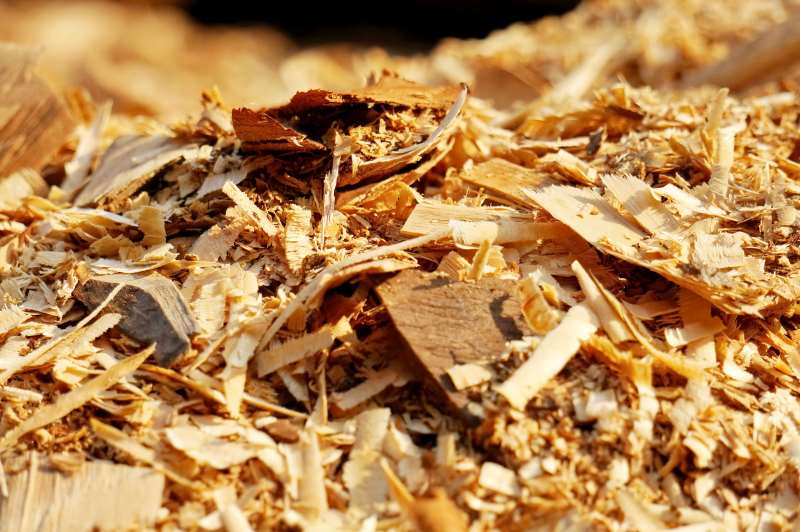Biking is one of the simplest ways to cut down on your carbon footprint—and the impact is pretty impressive. Bikes produce significantly less CO2 per mile than cars and pickup trucks. So, every time you swap a car trip for a bike ride, you’re making a big dent in your carbon emissions. Whether you’re commuting to work, running errands, or just enjoying a ride, choosing your bike over your car is an eco-friendly win.
But here’s the cool part: you can take it even further. From tire recycling to better maintenance habits, small changes can get you on the right track to lower your environmental impact even more. Here’s how you can pedal with a purpose:
1. Maintain Your Bike
A well-maintained bike lasts longer and cuts down on the need for new parts or replacements. Regularly clean your bike and check its tire pressure to make sure everything is in good working order. Using nontoxic products when it comes to cleaning sprays, degreasers, and chain lubes makes your maintenance routine even greener. These small changes help take good care of your ride, extending its life and decreasing your environmental footprint—two birds, one stone.
2. Repair Instead of Replace
When something on your bike wears out, resist the urge to take it as a sign to buy a new bike. Instead, find out if your bike brand offers in-house repair programs—you might be surprised by how much they can fix. Repairing parts instead of buying new ones helps reduce waste. Plus, it’s usually cheaper, and who doesn’t love saving a little cash? A quick repair can keep your bike rolling while keeping your impact in check. It’s just like giving your bike a second life.
3. Donate or Buy Secondhand
Do you have an old bike or spare parts collecting dust? Instead of letting them sit in the garage forever, consider donating them. If they’re still functional, someone else could use them, and you’ll be helping reduce waste. Even if your bike is past its prime, donating it for scrap or parts means it can be repurposed. All of these tips are your way to give a bike a new lease on life.
And if you’re in the market for something new (or “new to you,” as they say), buying secondhand is the way to go. It cuts down on production demand, saves resources, and usually saves you money too. Whether it’s for spare parts or a full-on bike, secondhand is a win for both you and the planet. And we think there’s something kind of cool about riding a bike with a story.
4. Choose Sustainable Brands
When it’s time to invest in a new bike or gear, why not choose a brand that’s as committed to the planet as you are? Plenty of bike companies are stepping up their sustainability game, so it’s worth doing a little bit of research before making a purchase. Look for brands that have signed the Shift Cycling Culture climate change commitment, such as Canyon, Santa Cruz Bicycles, or Brompton. This pushes for greener practices in the cycling industry.
By supporting companies focused on reducing their environmental impact, you’re helping to drive change while enjoying your ride. Plus, you can feel even better knowing your bike’s backstory is as eco-friendly as your journey.
5. Take Care of Trails and Paths
Taking care of the trails and paths you ride on is just as important as maintaining your bike. A well-preserved trail not only makes your ride smoother but also protects the environment. Erosion, litter, and overuse can damage natural habitats and disrupt local ecosystems. When you’re out riding, be mindful of trail conditions—avoid muddy paths that can be easily torn up, and stick to marked trails to minimize your impact.
You can even go the extra mile by joining a local trail maintenance group or participating in cleanup days to keep your favorite routes in top shape. By taking care of the places you ride, you’re keeping them beautiful and accessible for everyone.
6. Recycle Old Tires and Parts
Don’t just toss old bike tires in the trash—there are better ways to handle waste tire disposal. Many recycling programs accept used bike tires, and they can be repurposed for things like adhesive or even flooring. Some bike shops or community centers also collect tires for recycling, so check for local options. It’s a simple step that keeps rubber out of landfills and reduces the demand for new materials. Plus, by recycling old parts, you’re extending their lifespan in a completely unrecognizable form and staying true to your green cycling goals.
And when it comes to tire recycling, having the right equipment is essential for efficient and effective processing. High-quality tire recycling equipment makes sure that old bike tires are properly broken down into reusable materials. And advanced machinery not only speeds up the recycling process but also improves the quality of the recycled products. If your company is involved in tire recycling, you know that choosing top-notch equipment is key to supporting sustainable practices.
Each trip you take on your bike instead of in the car reduces your carbon footprint and supports a cleaner world. By implementing these eco-friendly practices into your cycling routine, each time you kick off, you’ll be hitting the road—or trail— with a purpose.




